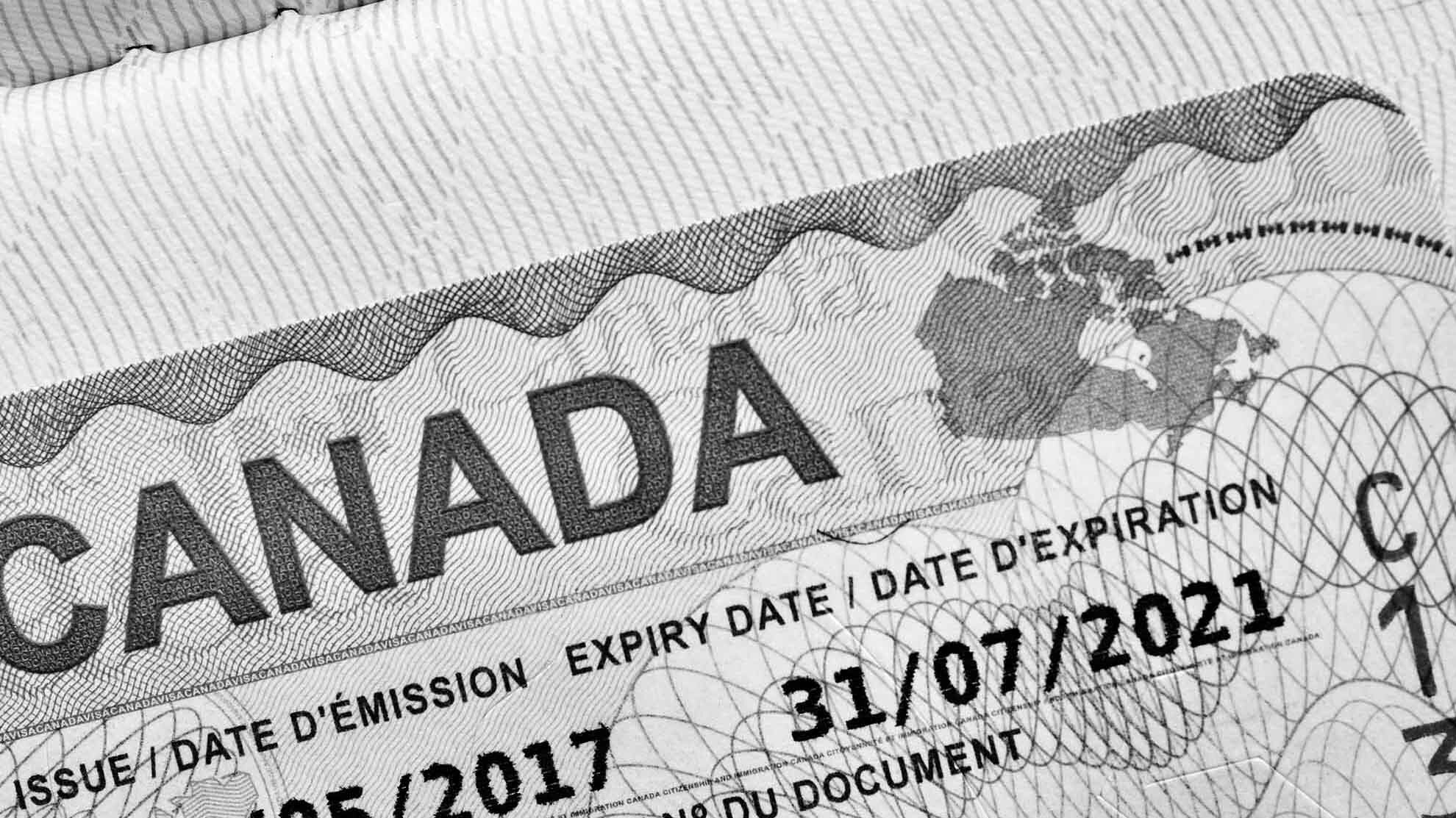
Authorization to Return
A person who has been removed from Canada may not be able to return unless they first obtain a special authorization from the immigration authorities. This document is known as an “authorization to return to Canada” or, for short, ARC. It’s important to remember that an ARC permits entry; it does not always remove inadmissibility to Canada.
Types of Removal Orders
To determine if you need an ARC will depend on what type of removal order you received. There are three types of removal orders: Departure Order, Exclusion Order and Deportation Order.
Departure Order
If you received a Departure Order and left Canada without verifying your departure or more than 30 days have passed since the Departure Order was issued and you are still in Canada, the Departure Order automatically becomes a Deportation Order, and you will need to apply for an ARC. Departure orders are often issued when a permanent resident fails to meet their residency obligation.
Exclusion Order
If you received an Exclusion Order and 12 months have not passed since your departure from Canada, or you do not have a Certificate of Departure, you need to apply for an ARC. Exclusion orders are often issued if foreign nationals try and enter Canada without the appropriate documentation, do not leave Canada by the end of their authorized period, or they engage in unauthorized work.
Deportation Order
If you have received a deportation order, you will always need to apply for an ARC. A deportation order is often issued when criminality and national security concerns are present.
Authorization to Return Process
ARC’s are not routinely approved and require consideration by senior officials within IRCC and CBSA. Applicants must demonstrate they have a compelling reason to enter Canada, and this must outweigh the circumstances which lead to the issuance of the removal order. Applicants must also demonstrate they do not pose a risk to Canadians and Canadian society.
The officer will assess a variety of reasons in determining whether an ARC will be issued. This includes:
the reason for your removal
the possibility of repeat behaviour
the history of cooperation with IRCC
length of time since your removal
your current situation
reason for the request to return (family ties, job qualifications, economic contribution, temporary attendance at an event)
Bon fide marriages or attendance at a funeral of a family member would normally constitute a “compelling reason” for returning to Canada. If you are required to repay the government any costs relating to your removal, you will be told the amount when your application is being processed.
Authorization to Return and Inadmissibility
An ARC is required when an individual requires written authorization to return to Canada after being removed. In some cases, an individual will also need to resolve their inadmissibility to enter Canada. If an individual is inadmissible on other grounds such as medical, criminal or security, they must also apply for a temporary resident permit. In cases of criminality, a criminal rehabilitation approval or pardon will be necessary. A TRP also does not overcome the need to apply and obtain an ARC.
A common example of this is when an individual within Canada is found inadmissible for misrepresentation and subsequently removed. They are issued a 5-year exclusion order. If they wish to return to Canada within the five-year period, they must apply for an ARC. However, the ARC does not remove the inadmissibility. Those wishing to enter Canada temporarily will be required to apply for a TRP if entry is justified in the circumstances; click here to learn more about TRPs. Individuals wishing to apply for permanent residence will need an H&C assessment in their permanent residence application to remove or overcome the inadmissibility. The officer will determine if the H&C considerations are sufficient to warrant a waiver of the inadmissibility.
Looking for Authorization to Return to Canada?
Completing an authorization to return is not a simple process. Approvals are heavily based on an applicant’s circumstances and immigration history. Putting together an application that meets the requirements of the Act and is supported by documentation is a key part of receiving a successful outcome. Seeking professional support from licensed practitioners can make all the difference in your immigration application.
